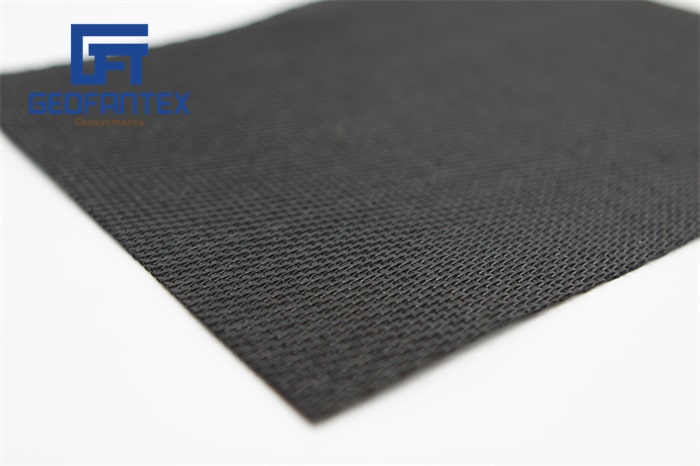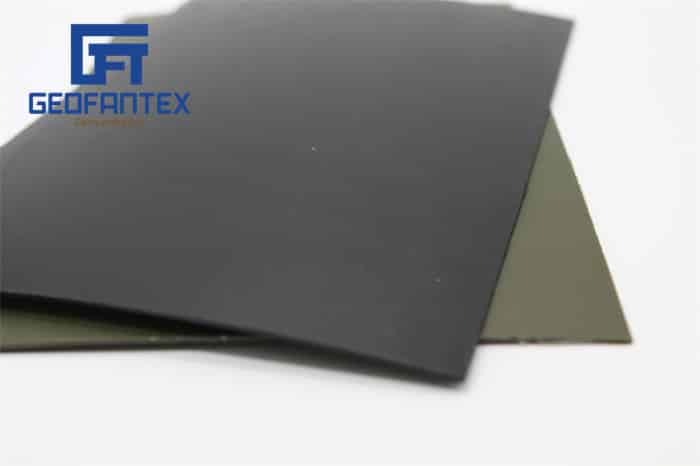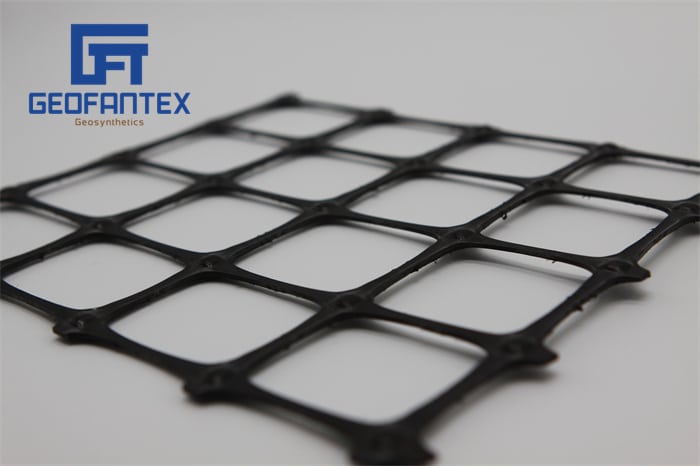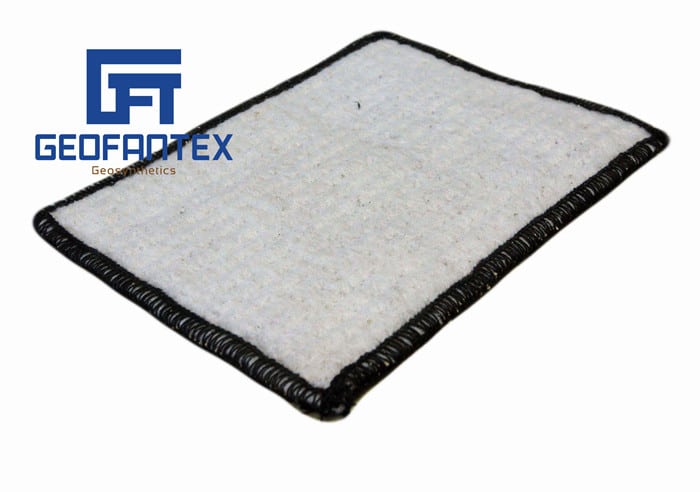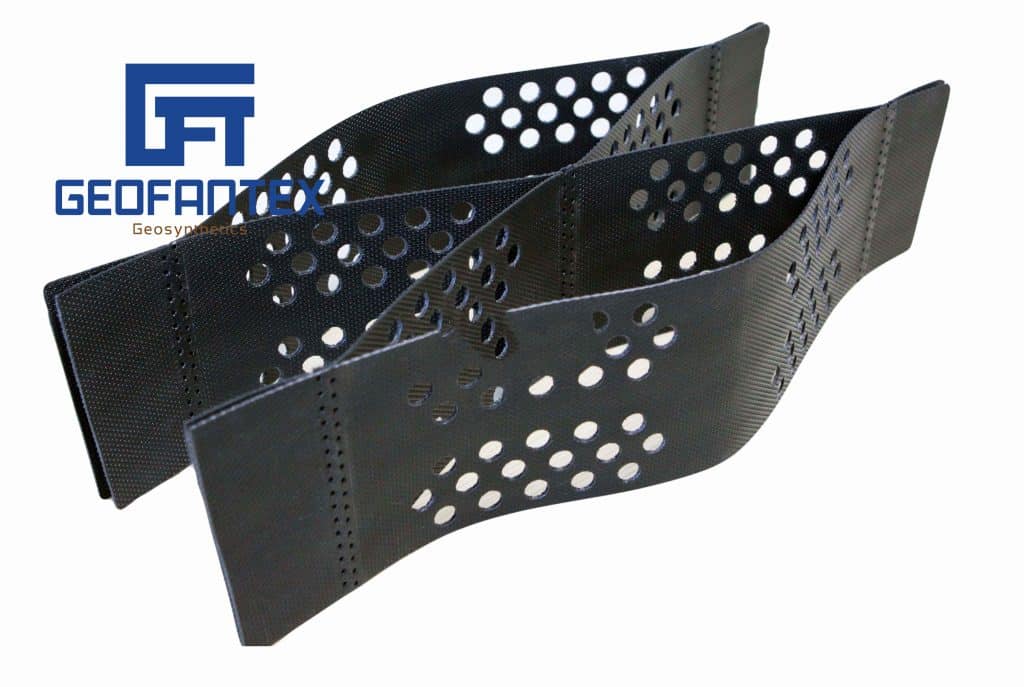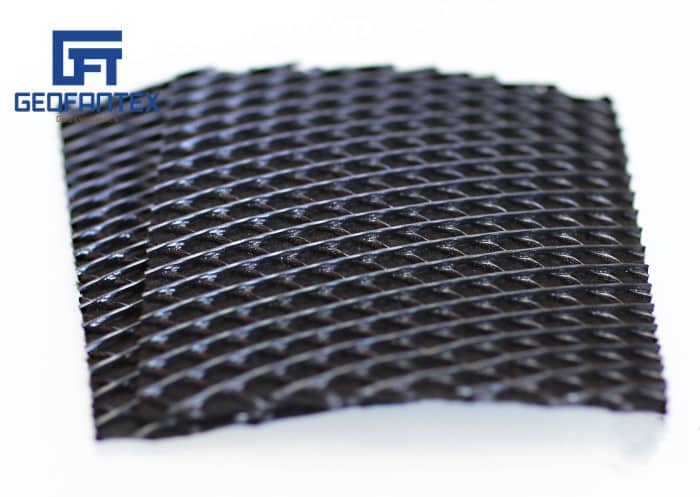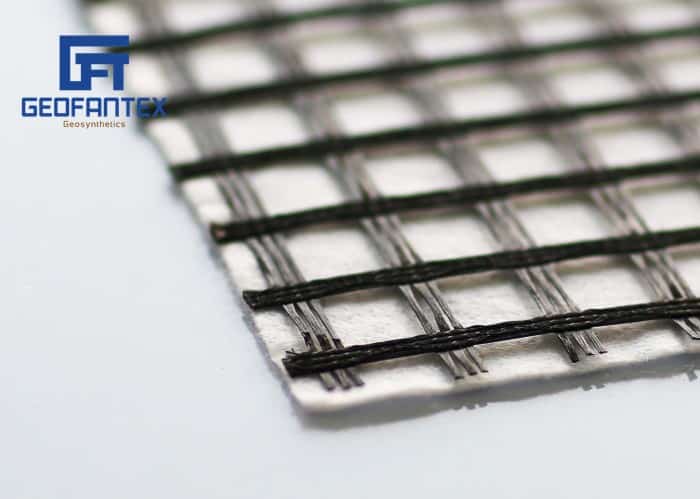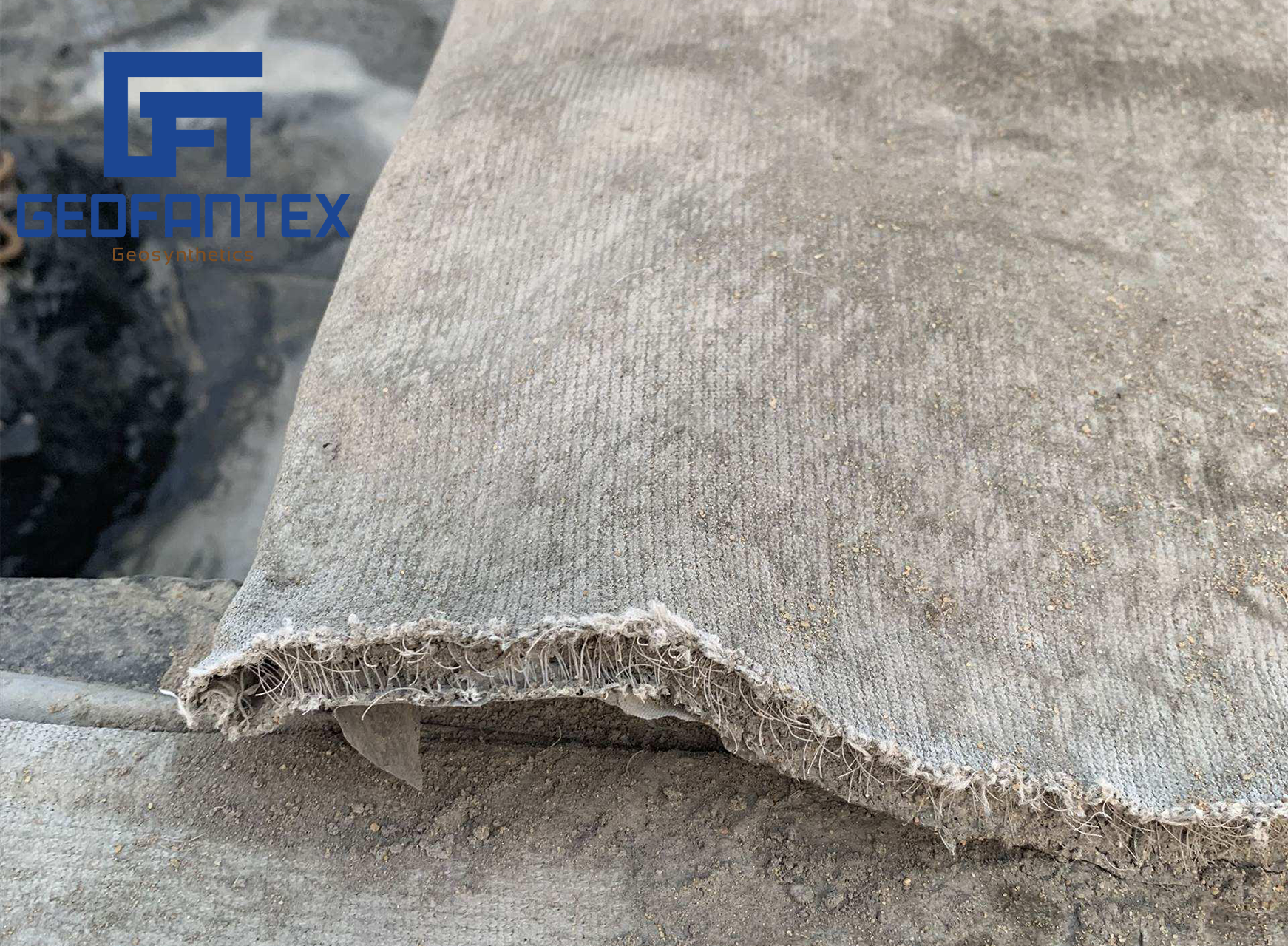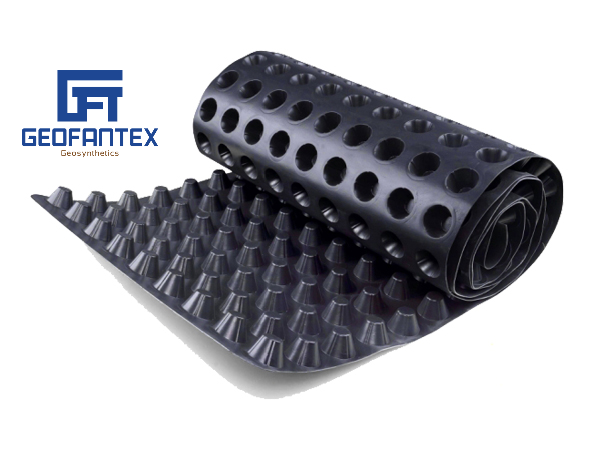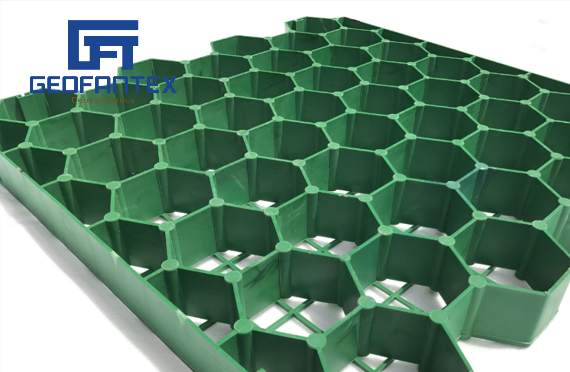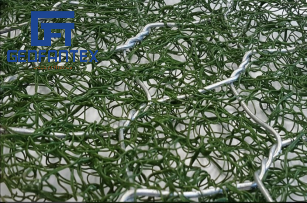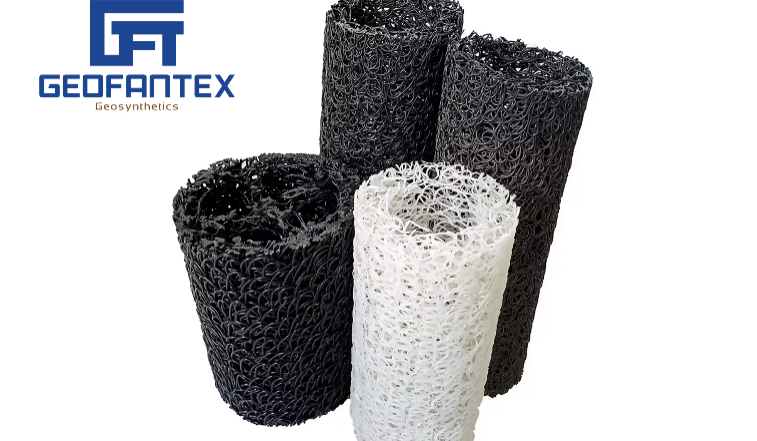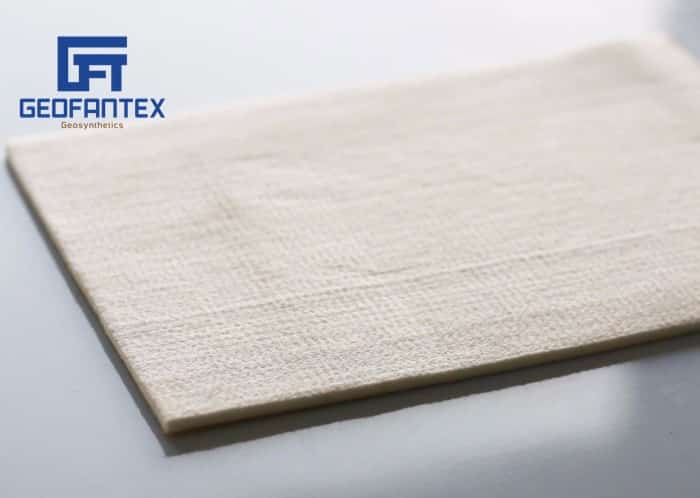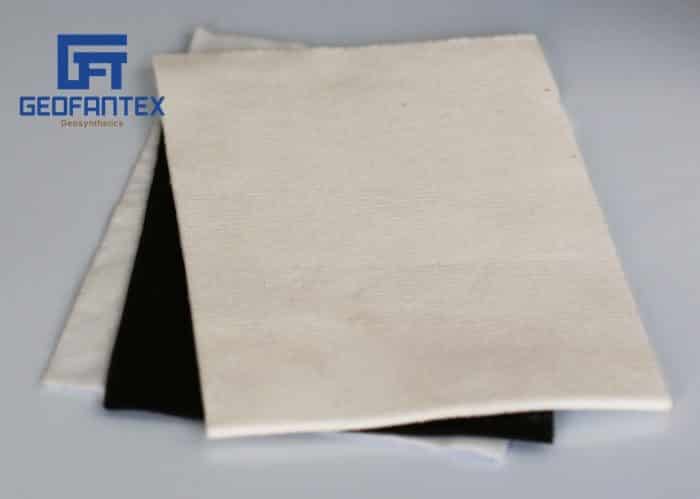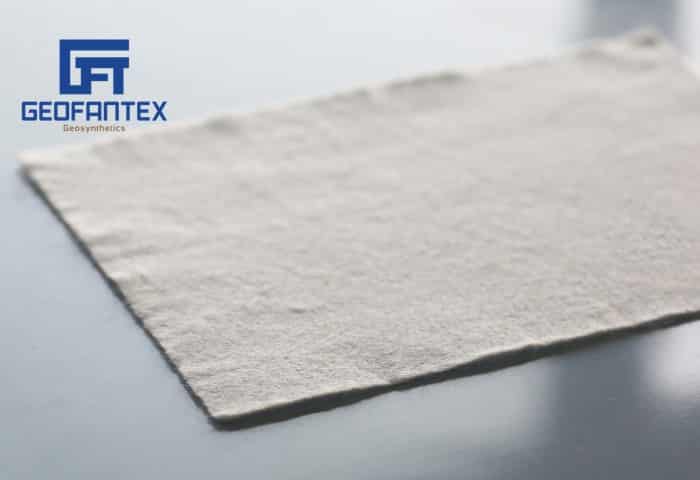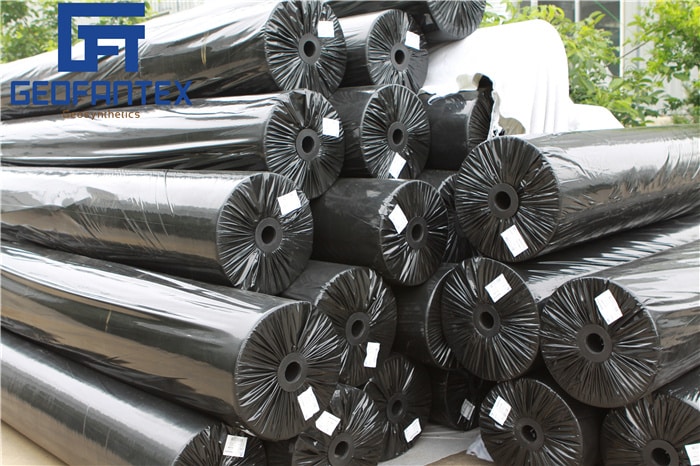+86-159 9860 6917
info@geofantex.com
geofantex@gmail.com
+86-400-8266163-44899
Geosynthetic fabric is a vital material used in many civil engineering applications, providing solutions for reinforcement, drainage, filtration, and separation. It’s crucial to understand the role it plays in improving the performance of geotechnical projects. In this article, we’ll address four common questions related to geosynthetic fabric and its uses.
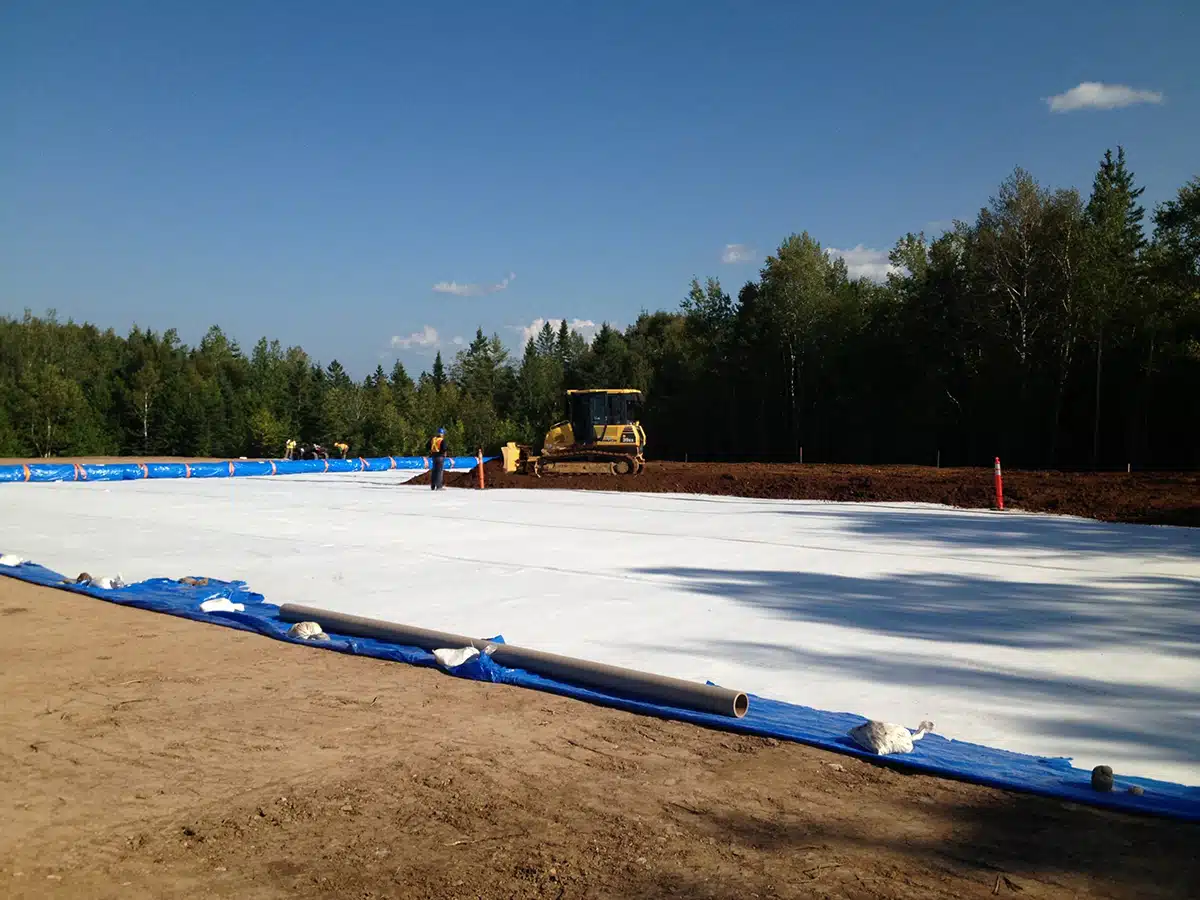
What is geosynthetic fabric and how is it used?
Geosynthetic fabric, also known as geotextile fabric, is a synthetic material used in civil engineering and construction projects to improve the performance of soil and other materials. It’s typically made from polymer materials like polyester, polypropylene, or nylon and is designed to be durable, long-lasting, and resistant to environmental factors like moisture, UV rays, and chemicals.
Geosynthetic fabrics serve several key functions in construction and engineering projects:
- Separation: It prevents the mixing of different soil types, such as separating soil from gravel or sand, which helps maintain the integrity and strength of the materials.
- Reinforcement: It can add tensile strength to weak soils, allowing for better load distribution, and is often used in applications like roads, embankments, and retaining walls.
- Filtration: The fabric allows water to pass through while retaining soil particles, helping with drainage in areas like drainage ditches, roads, and landfill covers.
- Drainage: It helps to channel water away from structures and prevent water accumulation that could damage foundations or cause erosion.
- Protection: It is used in applications like erosion control and in landscaping to protect against soil degradation and erosion caused by wind or water.
Geosynthetic fabrics are commonly used in projects like road construction, landfills, erosion control, and even green roofs or geocell systems to improve soil stability.
How does geosynthetic fabric improve drainage and filtration?
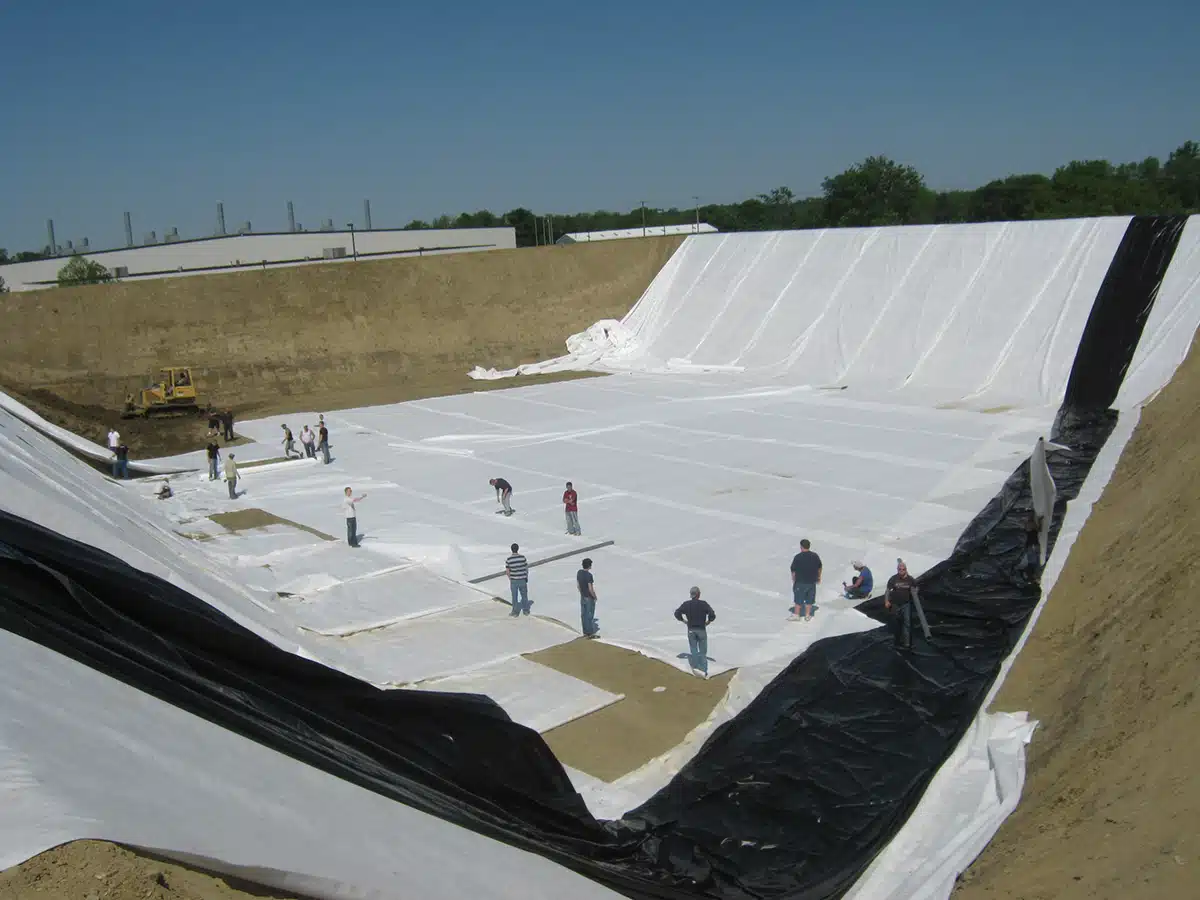
One of the primary benefits of geosynthetic fabric is its ability to filter water and separate different materials. In drainage systems, it serves as a filter to prevent fine soil particles from clogging drainage pipes while allowing water to pass through. This filtering property is essential in many civil engineering projects such as roadways and landfills where water management is crucial. By allowing water to drain through while retaining fine particles, it ensures that the soil structure remains intact and stable.
What are the main advantages of using geosynthetic fabric in construction?
The use of geosynthetic fabric in construction offers several benefits, including improved soil stabilization, enhanced drainage, and increased longevity of the structure. It reduces the need for expensive materials like gravel or sand in drainage systems. Additionally, it can help prevent soil erosion by reinforcing slopes, reducing the risk of landslides. Its lightweight nature and ease of installation make it a cost-effective solution for a wide range of civil engineering applications.
Are there different types of geosynthetic fabric, and how do they differ?
Yes, there are different types of geosynthetic fabric, each designed for specific applications. The main types include nonwoven, woven, and knitted fabrics. Nonwoven geosynthetics are ideal for filtration and drainage purposes, while woven fabrics are better suited for reinforcement and separation applications. Knitted geosynthetic fabrics provide flexibility and are often used in applications where both drainage and separation are needed. The choice of fabric depends on the project’s specific needs and environmental conditions.
By understanding the role and versatility of geosynthetic fabric, engineers, and contractors can select the right type of material for their projects, ensuring longevity, efficiency, and cost-effectiveness.

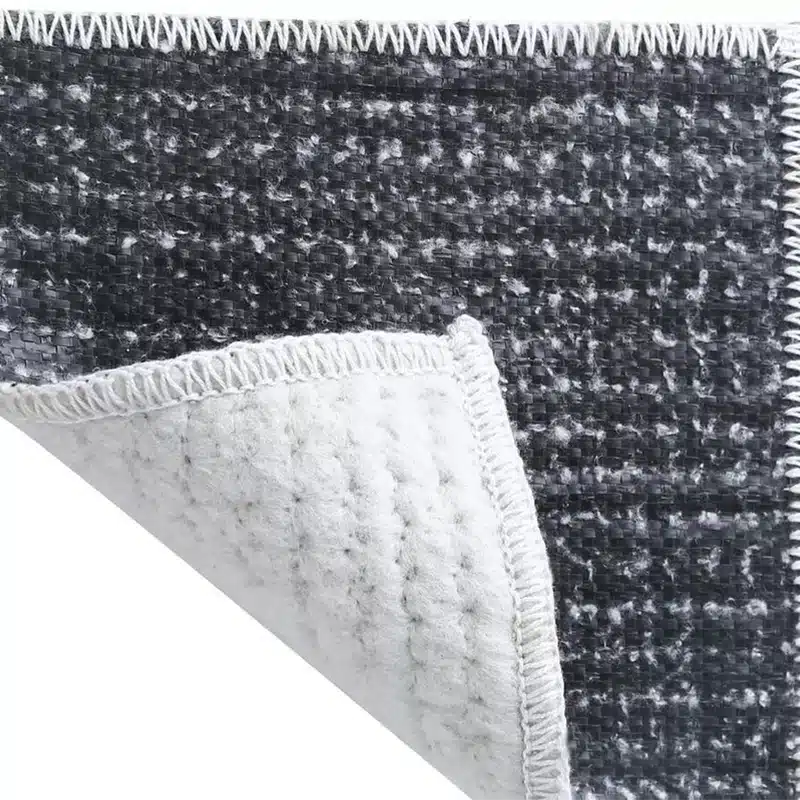
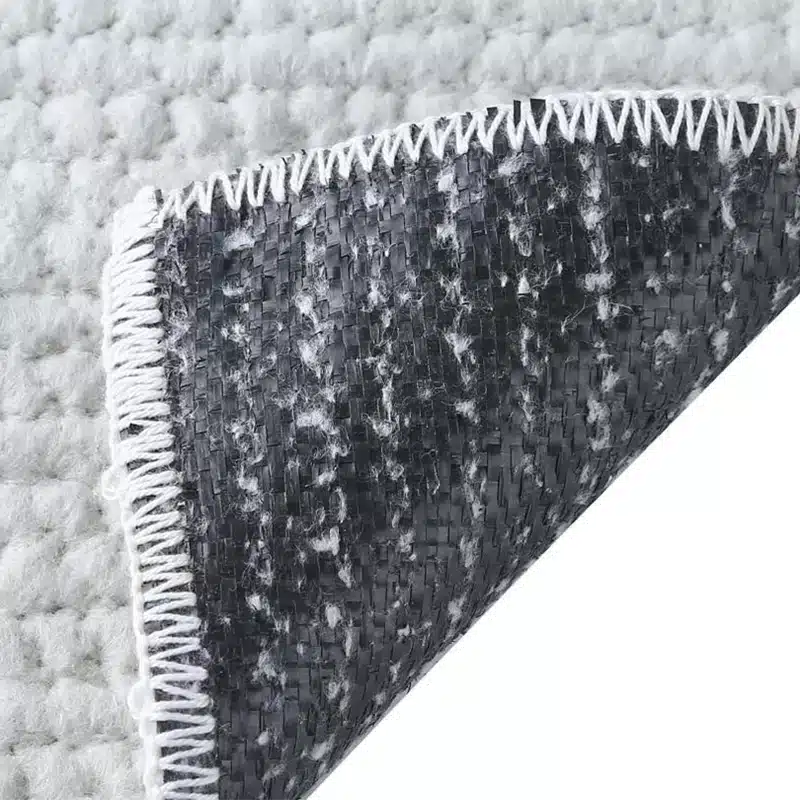
Get Free Sample
We’ll respond as soon as possible(within 12 hours)


